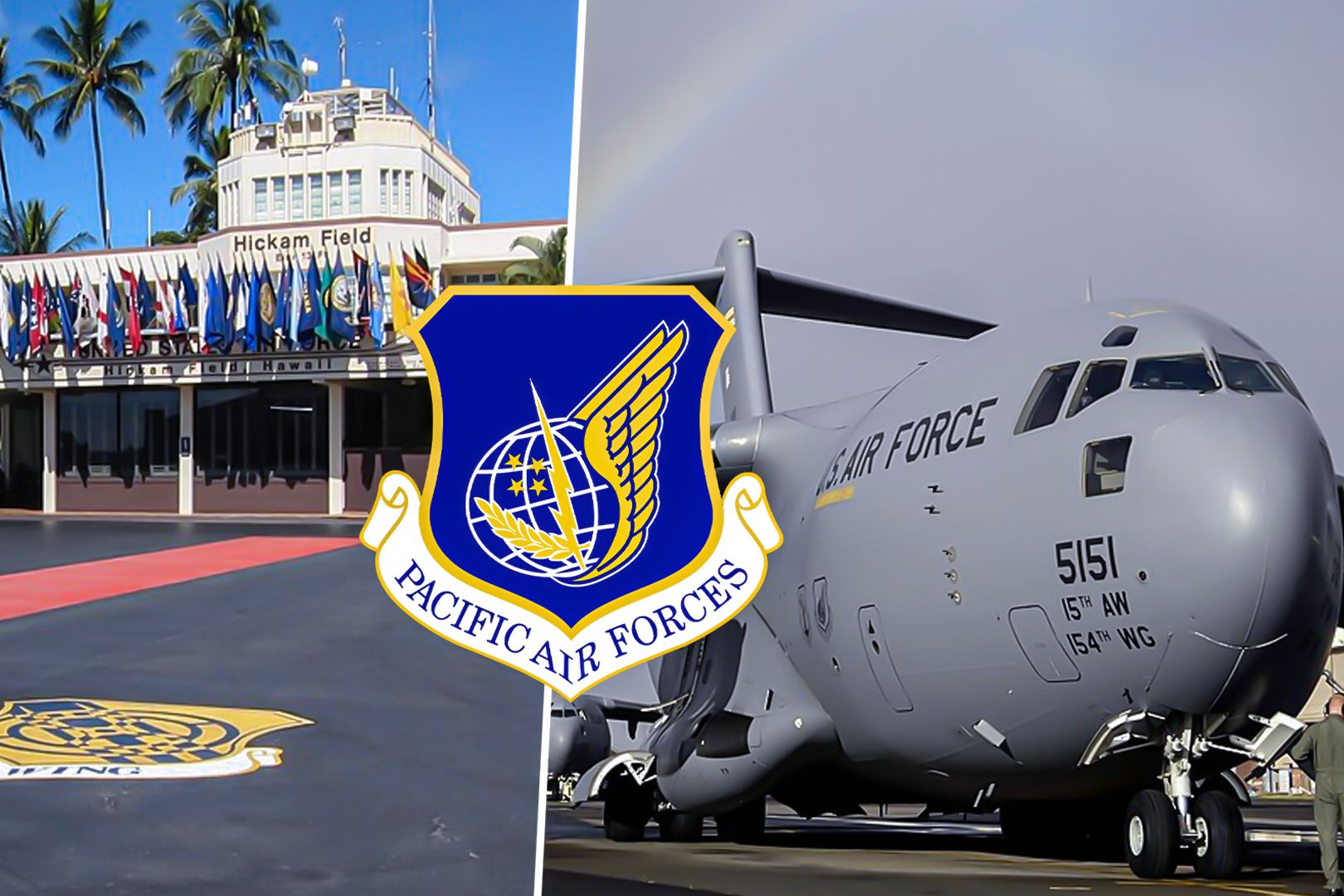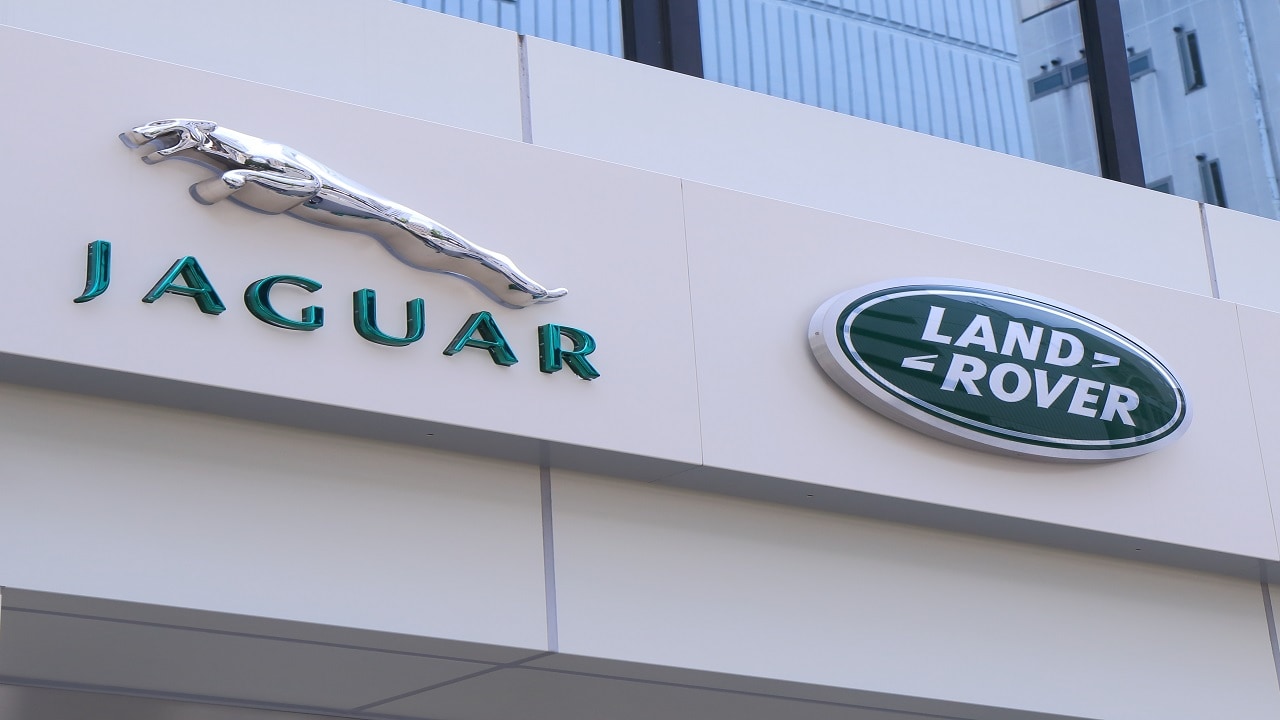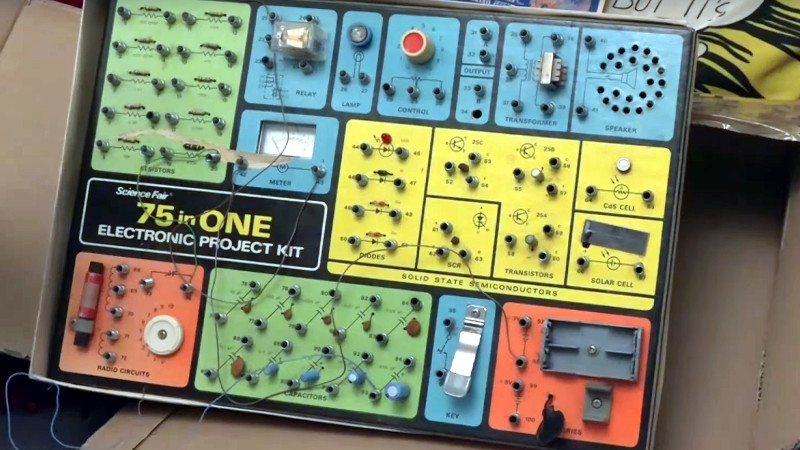
Hickam Air Force Base is conveniently located in beautiful Hawaii where it plays a pivotal role in the United States' Pacific strategy. Hickam serves as a central hub for air operations as well as military logistics operations. Its strategic location is a core pillar of the United States ' ability to project power and respond swiftly to emerging threats in the Asia-Pacific region thereby placing it among the most crucial components of infrastructure used for military operations in the theater.
Hickam has the equipment and facilities to support a variety of aircraft designed for airlift missions as well as surveillance, reconnaissance, and many other military operations. These capabilities serve to maintain a robust military presence in the Pacific ensuring operational readiness. Aircraft stationed at Hickam contribute to both the logistics needs of a vast theater as well as defense and intelligence-gathering efforts.
The men and women serving at Hickam provide vital support for both combat and humanitarian missions. Joint Base Pearl Harbor-Hickam Hickam serves as the headquarters for Pacific Air Forces (PACAF), the US Air Force 15th Wing and the US Navy headquarters of Commander, US Pacific Fleet (COMPACFLT). The collocation of these two major commands streamlines logistics and shared facilities optimize training and day-to-day operations.
Air Force personnel provide aerial warfare expertise, surveillance, and reconnaissance, while Naval forces maintain combat readiness for surface, sub-surface, and air warfare. Through joint training exercises that strengthen cooperation and communication, both branches can respond effectively to various scenarios, from freedom of navigation to humanitarian missions or combat operations if called upon. We’re not going to win the fight as a single branch, “ said Tech.
Sgt. Kukila Carreira-Manin , 169th ADS weapons director. “We as military members on all levels must continue to work together as one to ensure we are relevant and ready in the race for Great Power Competition.
” Joint Base Pearl Harbor-Hickam enhances the US military’s ability to maintain a strong presence in the Pacific, ensuring readiness to address emerging threats while reinforcing alliances with partner nations. This joint effort at Hickam symbolizes a commitment to collective security and operational excellence in a dynamic geopolitical landscape. Regular exercises at the base, such as Rim of the Pacific (RIMPAC) and other joint training events, foster collaboration between naval and air units, reinforcing the ability to conduct integrated operations.
The integration of air operations with naval and ground forces remains critical, especially in an environment characterized by evolving security challenges. capabilities. International partners from across the Asia-Pacific region, such as Taiwan, Australia or Japan are often invited to train alongside US forces.
The base supports a wide range of missions, including strategic airlift, refueling, and maritime patrol, demonstrating the capacity of joint capabilities. The commands located at Hickam ensure coordination and effectiveness in joint missions with allied forces, fostering stronger military relationships and shared operations. “The Rim of the Pacific exercise has grown over the years to be the world’s largest and premier joint combined maritime training opportunity,” said Vice Adm.
John Wade, commander, U.S. 3rd Fleet and RIMPAC 2024 Combined Task Force (CTF) commander .
“The exercise’s purpose is to build relationships, to enhance interoperability and proficiency and, ultimately, contribute to the peace and stability in the vitally-important Indo-Pacific region.” Force for Good Hickam's strategic importance extends beyond traditional military operations. The base is also a staging ground for humanitarian missions and disaster relief efforts.
This capability highlights the US commitment to regional stability and its willingness to respond to crises affecting allies and partners. Hickam’s resources enable rapid deployment of personnel and equipment during emergencies, reinforcing the US role as a leader in humanitarian assistance. The US Navy also operates a shipyard at Pearl Harbor.
Hickam's location allows for effective deterrence against potential adversaries. Rapid deployment of forces to various locations in the Pacific demonstrates US resolve and commitment to its allies. This deterrence strategy remains vital in a region where geopolitical tensions are high, particularly regarding North Korea’s missile tests and China's growing influence.
The joint training exercises with allied nations that occur regularly at Hickam enhance the skills and readiness of all participating forces, ensuring a coordinated response to potential threats. Collaboration with countries such as Japan, South Korea , and Australia contributes to a collective security framework that strengthens regional stability. “We’ve got 150 aircraft ranging from small UAVs [uncrewed aerial vehicles] to maritime-based helicopters, to the carrier air wing, to our land-based platforms.
It’s our responsibility to ensure that those aircraft are all operating safely,” said [Combined Force Air Component Commander Air Commodore] desJardins [of the Royal Australian Air Force] in the closing days of RIMPAC 2024. Their visit coincided with Chinese military drills off the coast of Taiwan. Thanks largely to the Air Mobility Command , Hickam is a key node in the supply chain for US military operations in the Pacific.
The base's infrastructure supports the movement of troops, equipment, and supplies across vast distances, crucial for maintaining operational effectiveness. Hickam’s capabilities allow for the rapid resupply and reinforcement of forces deployed anywhere in the region. Hickam Air Force Base is integral to the US Pacific strategy, functioning as a vital operational and logistical center.
Its strategic location, diverse capabilities, and role in humanitarian missions enhance deterrence and support joint operations. As geopolitical dynamics continue to evolve in the Asia -Pacific region, Hickam’s contributions to regional security and stability will remain essential to the United States military posture and commitment to its allies. The base symbolizes U.
S. dedication to fostering peace and cooperation in a complex and dynamic environment. The Indo-Pacific region sees frequent tense incidents between China, the US and Japanese air powers.
How do they work together to deter China?.














